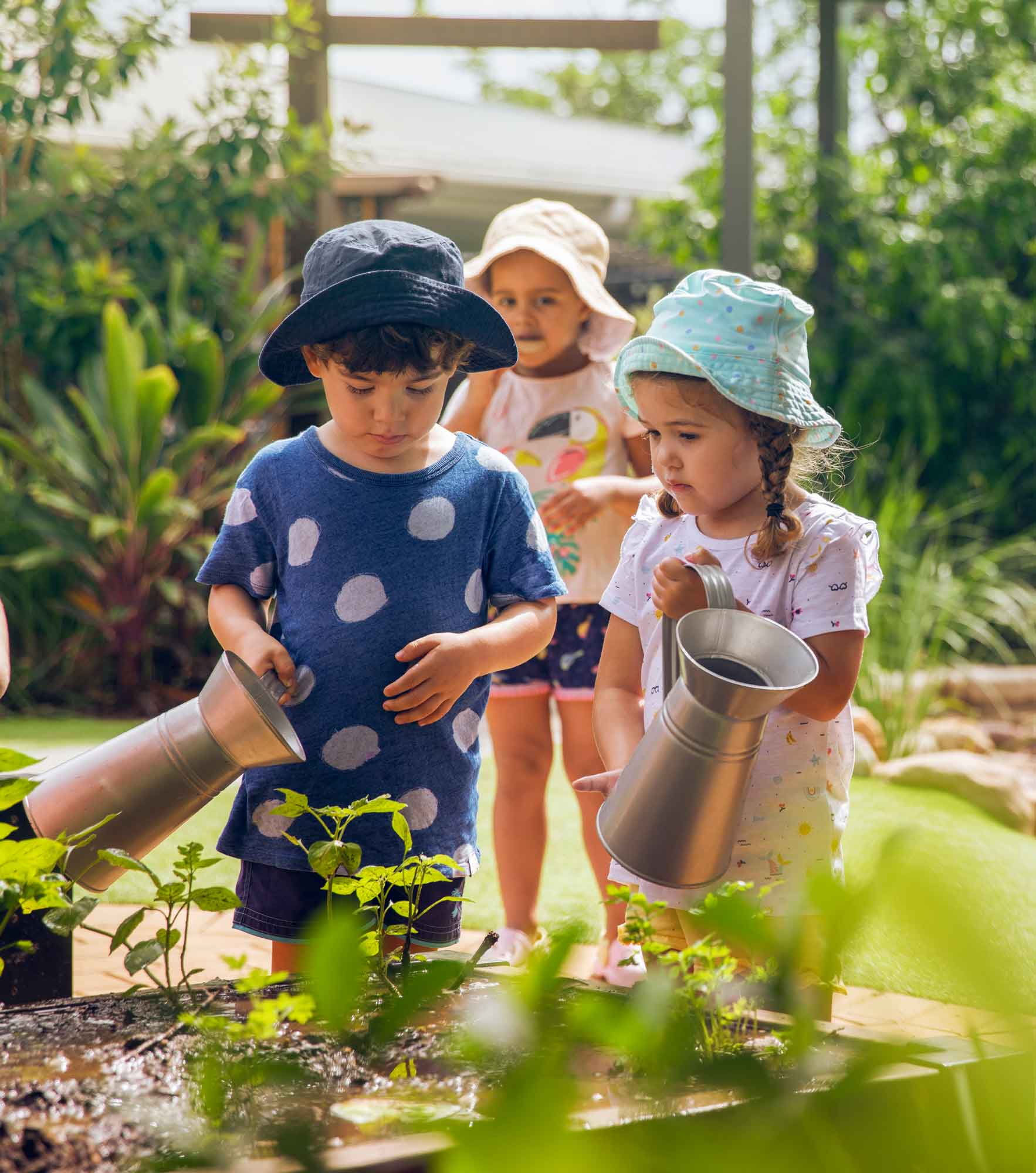A Future Foodies Chocolate Easter Special

For the Love of … Chocolate
Some history of our beloved sweet
We love it, crave it, savour it, and devour it! A love for chocolate can be traced through the centuries. Known as “The Food of Gods”, it was highly prized in South America as early as the 1500s, and since then, the humble cocoa bean has been enriching people’s lives worldwide. While the Mayans and Aztecs were among the first to cultivate cocoa beans and consumed chocolate as a beverage, it was later introduced to Europe by the Spanish in the 16th century, becoming a popular luxury item.
The new treat was initially consumed mainly by wealthy adults, as it was expensive and considered a delicacy. However, by the 19th century, production had become more efficient, and it became more affordable and widely available. As a result, consumption became more widespread, and it began to be marketed to children.
How children got involved
Today, children are allowed to eat chocolate, although in moderation. While it is a delicious treat, it is also high in sugar and fat, and excessive consumption can lead to health problems. Parents should therefore monitor their children’s consumption and ensure they eat a balanced diet.
Here in Australia, we certainly do our fair share of choc-luvin’ – according to the Association of Chocolate Biscuit and Confectionery Industries, Australia is the 11th largest chocolate-consuming country in the world (5.3kg/person /year).
Chocolate for Easter
Eggs and bunnies have become synonymous with Easter celebrations in many parts of the world. The tradition of giving chocolate as an Easter treat has its roots in Europe, where eggs have long been a symbol of rebirth and renewal. In the 19th century, European chocolatiers’ makers began producing chocolate eggs filled with sweet treats, and the practice soon spread to other parts of the world.
In Australia, chocolate consumption spikes around Easter time. Many enjoy eating Easter eggs and other chocolate treats during the holiday season. Easter eggs come in various shapes, sizes, and flavours, ranging from classic milk chocolate to meanwhile more exotic varieties.
As it is a bean, is it a vegetable?
Unfortunately, even though it is a cocoa “bean”, the final product we then enjoy is not classified as a vegetable and should, therefore, only be enjoyed in moderation. However, the good news for all choc-luvers out there, small or big, is that there is no need to feel guilty about eating this favourite food.
Nutritionally, chocolate is a valuable source of iron, magnesium, potassium, calcium (from milk) and zinc. It is also packed with antioxidants known as flavonoids that help protect your body cells and keep you healthy.
Future Foodies Chief Nutritionist Teri’s Three Top Tips
So with Easter around the corner, here are “Future Foodies Chief Nutritionist Teri’s Three Top Tips” to enjoy chocolate:
- Keep it small – When shopping, choose bite-sized or single portions of chocolate rather than whole blocks. This makes it easier to enjoy one portion at a time.
- Food first – Studies show that we all eat less chocolate after a meal than as a snack. Ensure you keep consumption to post-meal times and in bite-sized portions. But here, too, it should be an exception. It is generally better to offer a healthy dessert.
- Non-choc rewards – Better don’t offer sweets as a reward. Studies have shown this might lead to unhealthy eating habits like emotional eating. Instead, a better reward can be reading a book together or extra play, craft or cuddle time.
Chocolate:
- Is made from cacao tree beans native to Central and South America.
- The word comes from the Aztec word “xocolatl,” which means “bitter water.”
- Dark chocolate contains more cocoa solids and less sugar than milk chocolate, making it healthier.
- Is high in antioxidants, which can help to protect against heart disease and cancer.
- Contains theobromine, a natural stimulant that can boost mood and energy levels.
- Can also increase serotonin levels in the brain, improving mood and reducing stress.
- The syrup was used for blood in the famous shower scene in Alfred Hitchcock’s movie, “Psycho, “ which took seven days to shoot.
- Chocolate manufacturers use 40% of the world’s almonds and 20% of the world’s peanuts.
- The Aztecs and other ancient cultures believed cacao beans to be an aphrodisiac.
- Henri Nestle of Switzerland was the first to create Milk Chocolate by adding condensed milk to the mixture when making bars.
- One of the most popular types of chocolate Easter treats is the Easter bunny, first produced in Germany in the early 19th century. The first bunnies were solid and made by hand, but as production methods improved, they became more affordable and widely available.
Want to learn more about Future Foodies? Follow us on Facebook and or Instagram

